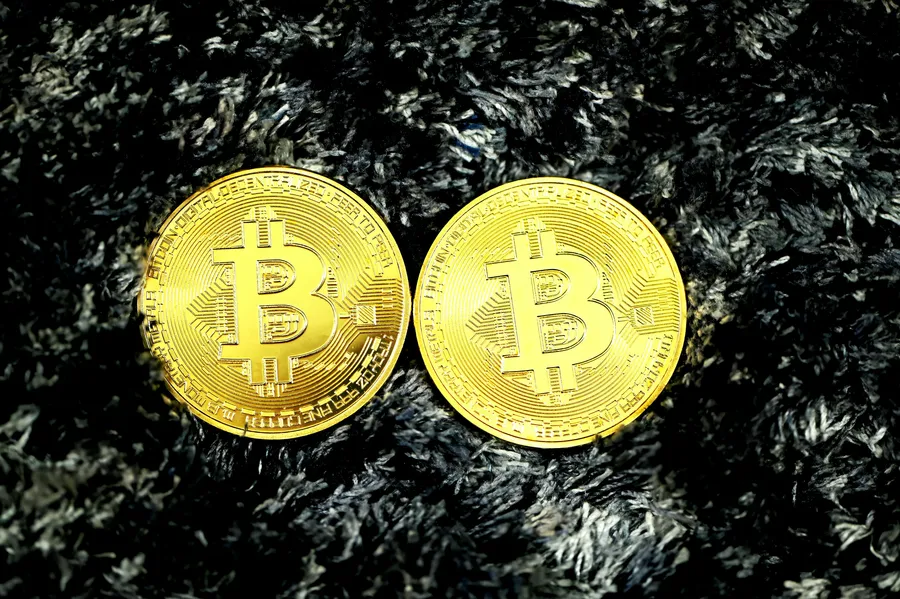What is Blockchain? – The Technology Changing the World of Finance

Title: What You Need to Know About Blockchain, But Might Not Want to Hear
Introduction:
Welcome to the world of blockchain, ladies and gentlemen! A place where magic meets math, scams meet innovation, and confusion meets…well, even more confusion. If you’ve stumbled across this article, chances are you’re either intrigued by what’s happening in the crypto world or trying to save yourself from becoming another statistic in the never-ending parade of hacked wallets, lost fortunes, and NFT scandals. Either way, I applaud your curiosity. But before we dive into the nitty-gritty of blockchain technology, let’s get one thing straight: Blockchain is not a magical solution to all the world’s financial problems; it’s more like a wild stallion that needs careful taming.
The Technology That Changed Finance (And Sometimes Made It Worse)
The Distributed Ledger: At its core, blockchain is a decentralized database (or ‘ledger’) that keeps track of transactions across many computers (or ‘nodes’). Imagine you and your friends are playing a game where each player keeps a copy of the scorecard. This way, nobody can cheat or claim they didn’t get their turn. Sounds nice, right? Well, not so fast…
Cryptocurrencies: Bitcoin, Ethereum, Dogecoin – we’ve all heard these names before. They are digital currencies based on blockchain technology that allow peer-to-peer transactions without any intermediaries like banks or governments. While this concept might seem revolutionary and liberating, it also means that if you lose your private key (a.k.a., the password to access your digital wallet), say goodbye to your digital fortune. It’s gone forever – no refunds, no appeals to higher authorities.
Smart Contracts: These are self-executing programs stored on a blockchain that can automatically carry out the terms of an agreement between parties without needing a third-party intermediary. Sounds impressive? Absolutely! But smart contracts are only as good as their code, which means bugs can lead to significant losses or even theft. For example, the DAO hack in 2016 drained over $50 million from the Ethereum network because of a programming flaw in one of its smart contracts.
Non-Fungible Tokens (NFTs): The latest fad in the crypto world involves buying and selling unique digital assets (think art, music, or even tweets) as NFTs on a blockchain. While some might argue that this is revolutionary for artists looking to monetize their work, others see it as just another bubble waiting to burst. But what’s undeniable is that scammers have already found ways to exploit the craze, leading many unsuspecting buyers to purchase fake or fraudulent NFTs.
Key Leaks: In the world of blockchain security, losing your private key is like falling off a cliff with no hope of rescue. Unfortunately, this scenario is all too common, often due to user negligence or poor security practices. A recent example would be the infamous Crypto.com fiasco where hackers stole over $30 million worth of cryptocurrency by exploiting an employee’s compromised private key.
Conclusion:
So there you have it – blockchain, both a savior and destroyer in the realm of finance. It has undeniably changed how we think about money, contracts, and digital assets, but it has also exposed us to new risks and vulnerabilities. The key (pun intended) is not to blindly trust this technology or fall for its siren song of easy riches; instead, let’s approach it with caution, skepticism, and a healthy dose of common sense. As someone who has seen the good, bad, and ugly sides of blockchain, I assure you that navigating this new frontier requires more than just technical know-how – it demands wisdom, discipline, and a whole lot of patience.









